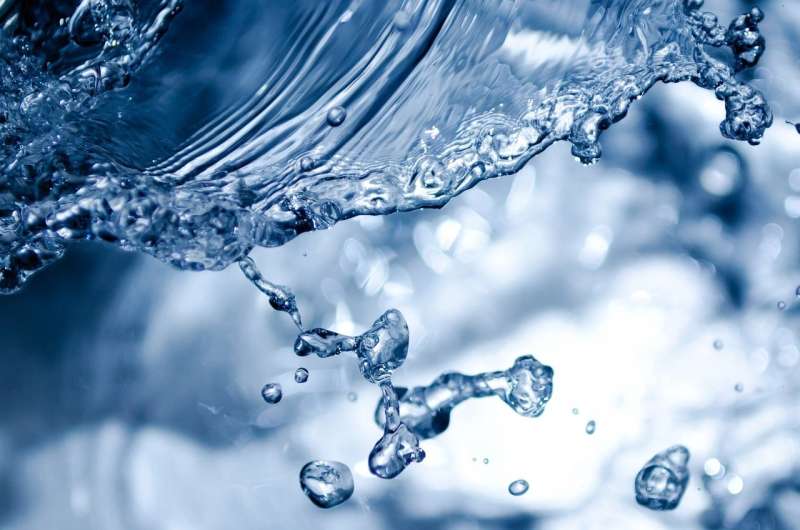Hydrogen is considered a favorite among alternative energy sources because the major byproduct is pure water. Credit: Pexels
In the quest for clean alternative energy sources, hydrogen is a favorite. It releases a lot of energy when burned—with a bonus: The major byproduct of burning hydrogen is pure water.
The big obstacle has been getting pure hydrogen in sufficient quantity to burn. So scientists are studying hydrogen evolution reactions, or HERs, a type of water-splitting technology in which electrodes, covered with catalytic materials, are inserted into water and charged with electricity. The interaction of the electricity, the catalysts and the water produce hydrogen gas—a clean fuel—and clean, breathable oxygen.
Alas, there is a problem: At present, electrodes must be coated with precious, expensive metals, most notably platinum.
But Stanford graduate student Xinjian Shi may have found a solution: a synthesis method that turns cheap, abundant metal sulfides into powerful electrodes for hydrogen evolution reactions. He described the process in a recent study in Energy and Environmental Science.
Working with his advisor, Xiaolin Zheng, associate professor of mechanical engineering, Shi started with something scientists already knew—that sulfide electrode performance could be improved by infusing, or "doping," the metal with atoms of cobalt. But Shi and Zheng made two innovations to that process: First, they figured out how to control precisely how much cobalt was doped into the electrode. Second, they figured out how to dope the entire electrode in this controlled fashion, not just the exterior surface, as most previous sulfide electrode research had done.
To accomplish this feat they used a flame to oxidize a wire of tungsten metal, turning it into a vapor, which they then cooled, causing the gas to condense into nanotubes of tungsten oxide. The researchers then used a second flame technique to infuse the nanotubes with cobalt atoms. Finally, they "sulfurized" cobalt-doped nanotubes by baking in sulfur in a furnace. The result: a tungsten disulfide electrode doped with cobalt throughout the entire electrode.
With this process, the researchers got the cobalt concentration in the electrode just right—optimal concentration appears to be about 15 percent—and set a new record for the performance of metal-sulfide based HER electrodes. But their cobalt-doped tungsten disulfide electrodes still fell short of platinum's performance. The researchers now plan to apply their process to other metal sulfides to find the electrode that most closely matches platinum.
One likely candidate: molybdenum disulfide, which Shi says could approach or even exceed the performance of platinum in these sorts of reactions. It's cheaper too. The market price of platinum is about $29 per gram. Molybdenum disulfide? Closer to 40 cents.
More information: Xinjian Shi et al. Rapid flame doping of Co to WS2 for efficient hydrogen evolution, Energy & Environmental Science (2018). DOI: 10.1039/C8EE01111G
Journal information: Energy and Environmental Science , Energy & Environmental Science
Provided by Stanford University
























